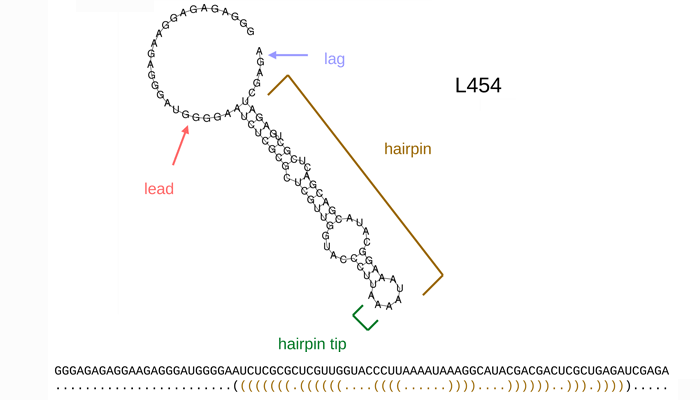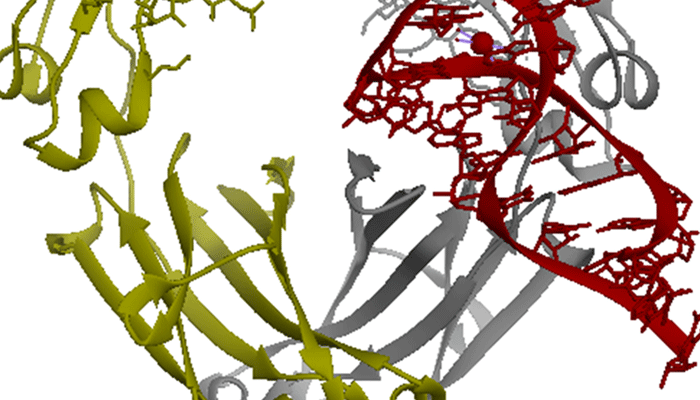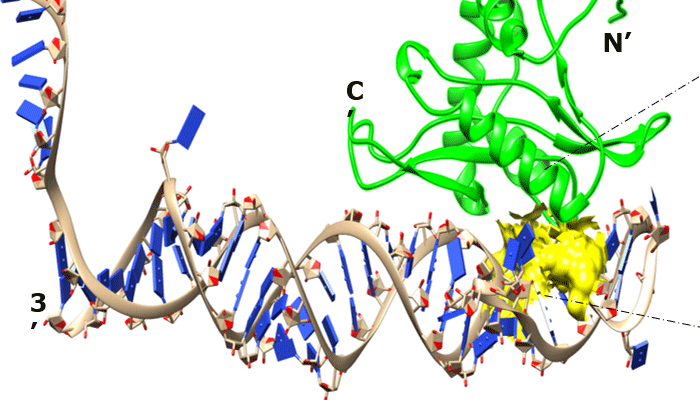
Shortlisting Aptamer Candidates from HT-SELEX data
RESEARCH REPORT
![]()
ISSN: 2514-3247
Aptamers (2018), Vol 2, 36-44
Published online: 25 May 2018
Full Text (PDF ~657kb) | Suppl Table 1 | Suppl Table 2 | Suppl Table 3 | (PubMed Central Record HTML) | (PubMed) | (References)
Theodore R Allnutt1,2, Ben Wade2, Thomas P Quinn1,2, Mark F Richardson1,3 and Tamsyn M Crowley1,2,4*
1Bioinformatics Core Research Group, Deakin University, Locked Bag 20000, Geelong, VIC, 3220, Australia
2School of Medicine, Centre for Molecular and Medical Research, Deakin University, Locked Bag 20000, Geelong, VIC 3220, Australia
3School of Life and Environmental Sciences, Centre for Integrative Ecology, Deakin University, Locked Bag 20000, Geelong, VIC 3220, Australia
4Poultry Hub Australia, University of New England, Armidale, NSW, 2351, Australia
*Correspondence to: Tamsyn Crowley, Email: tamsyn.crowley@deakin.edu.au
Received: 11 December 2017 | Revised: 21 May 2018 | Accepted: 23 May 2018
© Copyright The Author(s). This is an open access article, published under the terms of the Creative Commons Attribution Non-Commercial License (http://creativecommons.org/licenses/by-nc/4.0). This license permits non-commercial use, distribution and reproduction of this article, provided the original work is appropriately acknowledged, with correct citation details.
ABSTRACT
High-throughput systematic evolution of ligands by exponential enrichment (HT-SELEX) is a development of SELEX which uses next generation sequencing to analyse the aptamer selection process. Computational tools have previously been developed specifically to analyse HT-SELEX data and assist in shortlisting aptamers most likely to have high affinity to the SELEX target(s). We have exploited a published HT-SELEX data set to assess the performance of six aptamer clustering methods and four methods to rank the clusters in their ability to shortlist the highest affinity aptamers. We found that methods which attempt to take into account secondary structure, in terms of its enrichment characteristics and complexity, did not perform as well as simpler methods, which cluster based on sequence alone and rank by a measure of the final absolute enrichment. We also demonstrate that analysis methods developed for amplicon metagenomics perform well on HT-SELEX data. Importantly, we note a lack of publicly accessible HT-SELEX/validation data despite numerous studies reporting the use of this technique, which hampers extensive comparative benchmarking. We implore the community to make data public to aid methodological advances in aptamer shortlisting and benchmarking.
KEYWORDS: Aptamer selection, HT-SELEX, AptaSuite, FASTAptamer, Usearch



